Protecting your body during physical activity is essential, and one of the most effective ways to do so is by using knee pad. Whether you’re working on a construction site, playing volleyball, gardening, or engaging in home repairs, knee pads provide critical support and protection. These simple yet powerful tools absorb impact, reduce pressure, and prevent injuries caused by kneeling on hard surfaces. As a result, they help maintain mobility and comfort over long periods. Moreover, consistent use of knee pad can prevent chronic joint pain and long-term damage.
Additionally, knee pads are not just for professionals. Homeowners, athletes, and hobbyists all benefit from wearing them. They come in various styles, materials, and designs tailored to different needs. Some offer rigid caps for heavy-duty work. Others use soft foam for flexibility and breathability. Because of this variety, finding the right pair has never been easier. Furthermore, advancements in ergonomics have made modern knee pads more comfortable than ever. Therefore, no matter your activity, there’s a solution that fits. Understanding how to choose and use knee pads properly ensures maximum effectiveness.
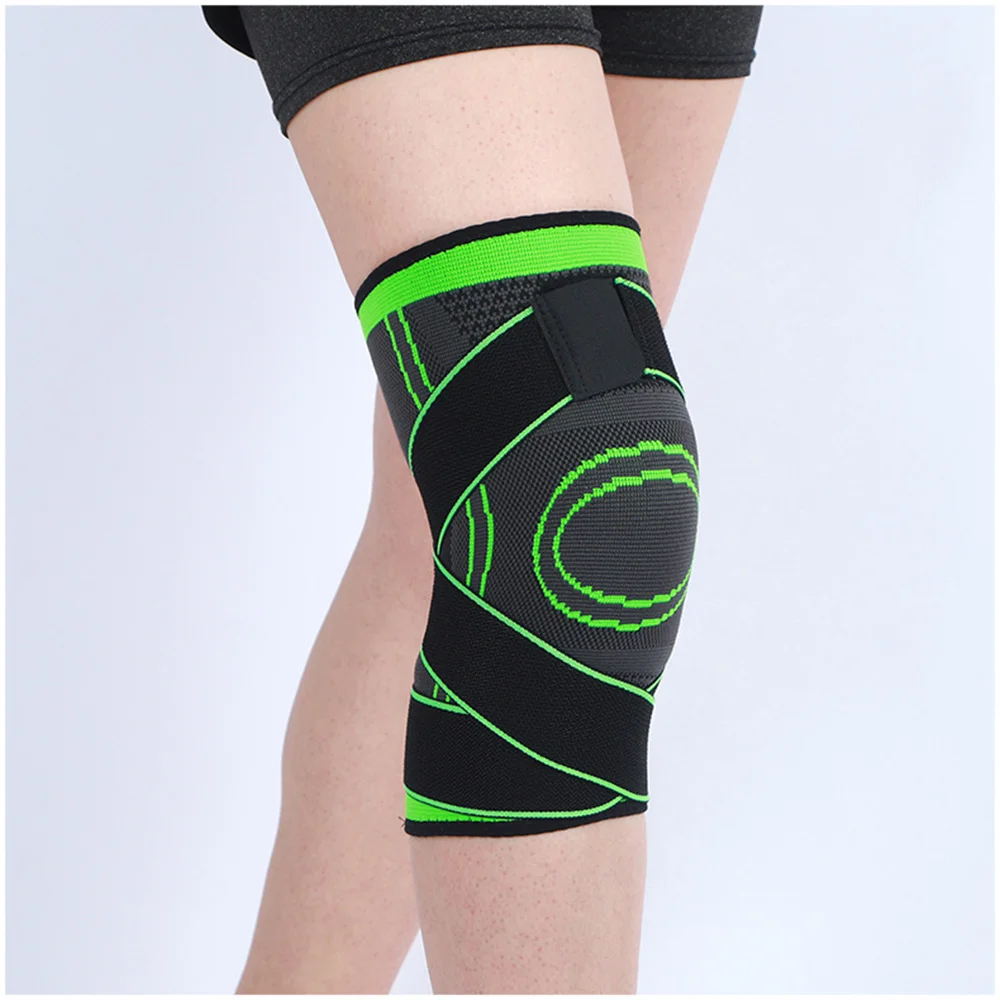 Why Knee Pads Are Essential for Workplace Safety and Injury Prevention
Why Knee Pads Are Essential for Workplace Safety and Injury Prevention
In many jobs, kneeling is unavoidable. Workers in flooring, plumbing, roofing, and tile installation spend hours on their knees. Without proper protection, this leads to bruising, swelling, and even permanent knee damage. That’s where knee pads come in. They act as a cushion between the joint and the floor. As a result, they significantly reduce direct pressure and shock.
Moreover, studies show that repetitive stress on the knees increases the risk of bursitis. This painful condition involves inflammation of the fluid-filled sacs around the joint. By using knee pad, workers lower this risk dramatically. In addition, companies that promote protective gear often see fewer workplace injuries. This improves productivity and reduces medical costs.
Also, safety regulations in some industries now require the use of protective equipment. OSHA and other agencies recommend knee pads for tasks involving prolonged kneeling. Employers who comply create safer environments. At the same time, employees feel more supported and valued.
Furthermore, wearing knee pads builds good habits. It encourages awareness of body mechanics and posture. Over time, this leads to better overall health. Even if not required, using knee pads is a smart preventive measure. Ultimately, they are a small investment with long-term benefits.
Types: Finding the Right Fit for Your Activity
Not all knee pads are created equal. Different activities demand different levels of protection and mobility. First, consider sleeve-style knee pad. These slip directly over the knee and are ideal for sports like basketball or skateboarding. They offer flexibility and light impact resistance. Also, they stay in place during movement.
Next, strap-on knee pads provide more stability. They use adjustable bands above and below the knee. This design works well for construction and landscaping. The straps prevent slipping, even during intense labor. Many models include hard plastic or gel inserts for extra shock absorption.
Then there are wraparound styles with full coverage. These are common in industrial settings. They often attach to a belt or tool harness. This takes weight off the knees and distributes it elsewhere. As a result, fatigue decreases during extended use.
For gardeners, low-profile foam knee pads are popular. They’re lightweight and easy to clean. Some even float, making them useful for aquatic repairs. Meanwhile, athletic knee pads may include ventilation zones. These keep the skin cool and dry.
Choosing the right type depends on your needs. Consider duration, surface hardness, and movement range. With the correct style, knee pads enhance both safety and performance.
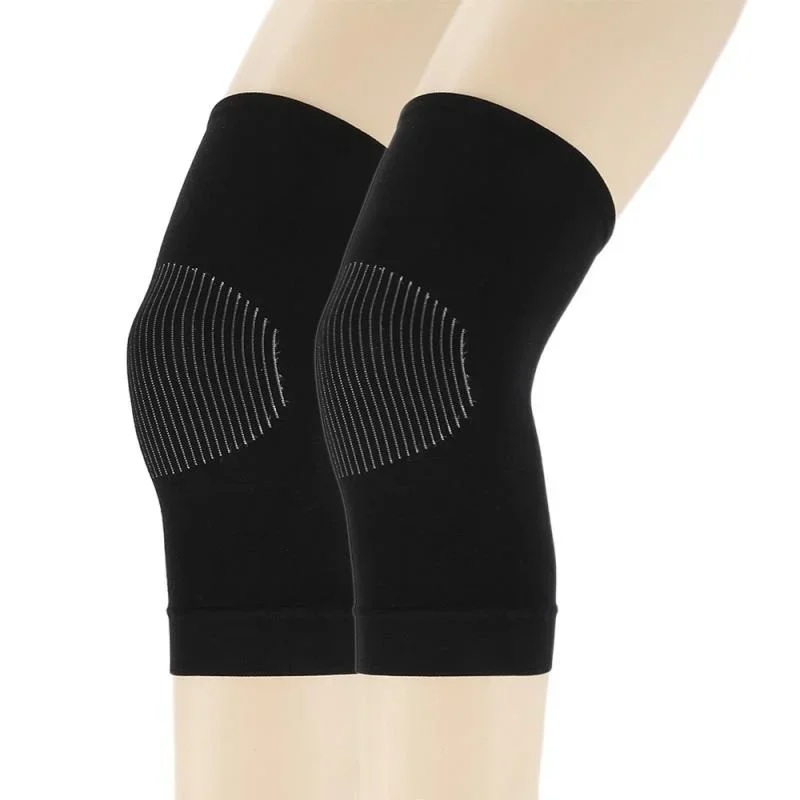 Key Features to Look for
Key Features to Look for
When shopping for knee pad, several features determine quality and effectiveness. First, look at the padding material. High-density foam offers durability and comfort. Gel inserts provide superior shock absorption. Hard plastic caps protect against sharp objects and heavy impacts.
Next, examine the fit system. Adjustable straps ensure a secure hold. Elastic sleeves offer quick wear and removal. Make sure the fasteners don’t loosen during use. Also, check for non-slip backing. This prevents shifting on sweaty or uneven surfaces.
Breathability is another important factor. Mesh panels allow airflow. This reduces sweating and discomfort. Moisture-wicking fabric keeps the skin dry. As a result, irritation and chafing are minimized.
Durability matters too. Reinforced stitching and rugged outer shells last longer. Look for water-resistant or washable covers. These make cleaning easier and extend product life.
Comfort should never be overlooked. Pads should contour naturally to the knee. They must not restrict movement or circulation. Finally, consider weight. Lighter knee pads reduce leg fatigue. Balancing all these elements ensures you get the best value.
How Knee Pads Improve Performance in Sports and Recreational Activities
Athletes rely on knee pads to stay safe while pushing their limits. In volleyball, players dive and slide across hard courts. Without knee pad, this causes scrapes and bruises. With them, athletes move freely and confidently. As a result, performance improves.
Similarly, skateboarders face frequent falls and impacts. Knee pads absorb shock during tricks and landings. This reduces injury risk and boosts confidence. Over time, this encourages skill development. Also, younger players benefit from early protection.
In wrestling and martial arts, knee pads protect joints during grappling. They also prevent mat burns. Since training sessions are long, comfort is crucial. Breathable materials help maintain focus.
For cyclists, especially mountain bikers, knee pads guard against trail debris. Rocks, roots, and crashes are common hazards. Protective gear minimizes cuts and abrasions. Additionally, full-coverage models shield against UV exposure.
Even in recreational sports like paintball or parkour, knee pads enhance safety. They allow bold moves without fear of pain. Parents often require them for children’s activities. Overall, knee pads empower users to play harder and recover faster.
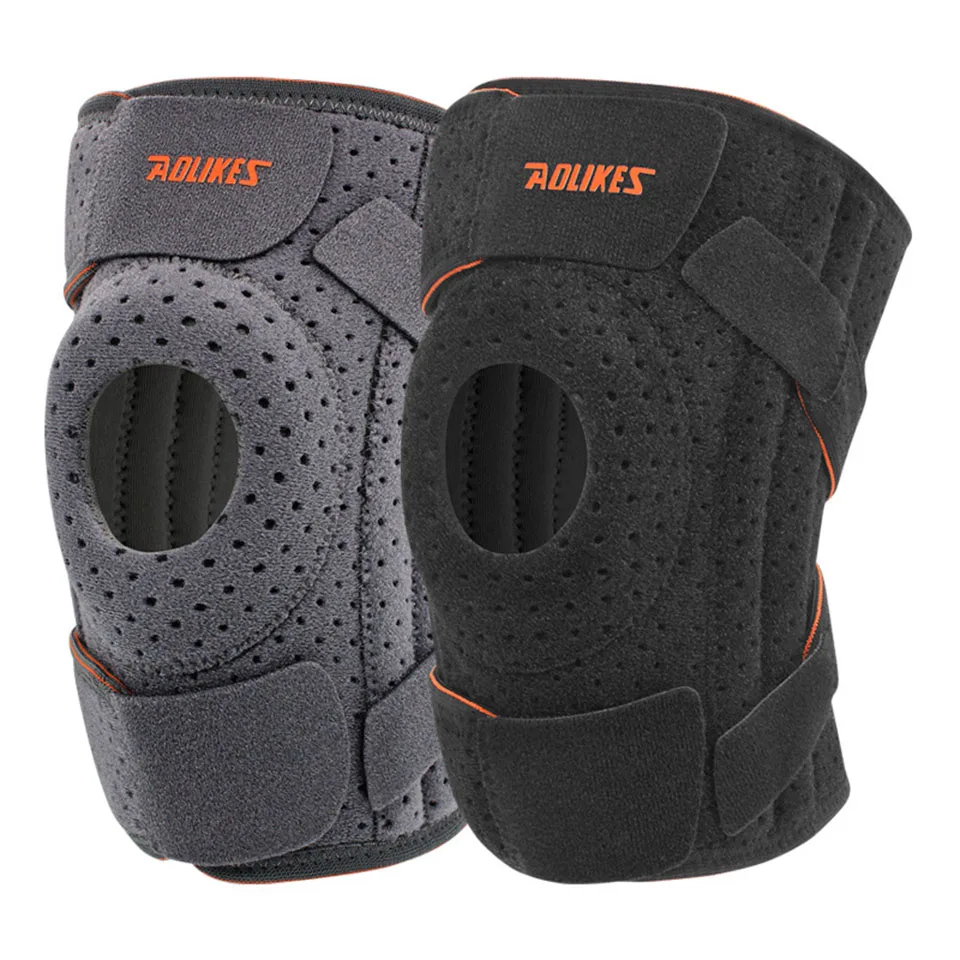 Using Knee Pad at Home: Gardening, Cleaning, and DIY Projects
Using Knee Pad at Home: Gardening, Cleaning, and DIY Projects
You don’t need to be a professional to benefit from knee pad. At home, many tasks involve kneeling on hard floors or rough ground. Gardening is a prime example. Planting, weeding, and pruning often require long periods on your knees. Over time, this strains the joints. But with knee pad, you can work longer and more comfortably.
Likewise, indoor cleaning tasks like mopping or scrubbing bathrooms put pressure on the knees. Tile and hardwood floors offer no cushion. Knee pads make these chores less taxing. You’ll finish faster and feel less sore afterward.
DIY home improvement projects also call for protection. Installing baseboards, laying carpet, or tiling a backsplash all involve kneeling. Using knee pad helps maintain energy and focus. You won’t dread getting back on the ground after a break.
Many home-use knee pads are affordable and easy to store. Some fold flat or hang by a loop. Others come in bright colors, making them easy to find in the garage. Since household tasks vary, choose a versatile model. Lightweight foam pads work well for short sessions. Heavier-duty ones suit extended projects.
By integrating knee pad into daily routines, you protect your body proactively. Prevention today means fewer doctor visits tomorrow.
How to Properly Wear and Adjust Your Knee Pad for Maximum Protection
Wearing knee pads correctly ensures they perform as intended. First, center the pad directly over your kneecap. Misalignment reduces protection and can cause discomfort. Then, secure the straps firmly but not too tight. You should be able to fit two fingers underneath.
If using sleeve-style pads, pull them on smoothly. Avoid bunching or twisting the fabric. Check that the seam runs straight down the front. This prevents rubbing and pressure points.
Adjust the fit based on activity. For high-movement sports, ensure freedom of motion. For heavy labor, tighten straps to prevent slippage. Recheck tension after 10–15 minutes of use. Movement can loosen straps over time.
Make sure the padding covers the entire kneecap area. No part of the bone should touch the ground. Also, verify that edges don’t dig into the skin. Discomfort means readjustment is needed.
Wear moisture-wicking socks underneath if possible. This reduces sweat buildup. It also prevents odor and bacterial growth. Finally, inspect your knee pads before each use. Look for tears, worn straps, or flattened foam. Replace damaged units immediately.
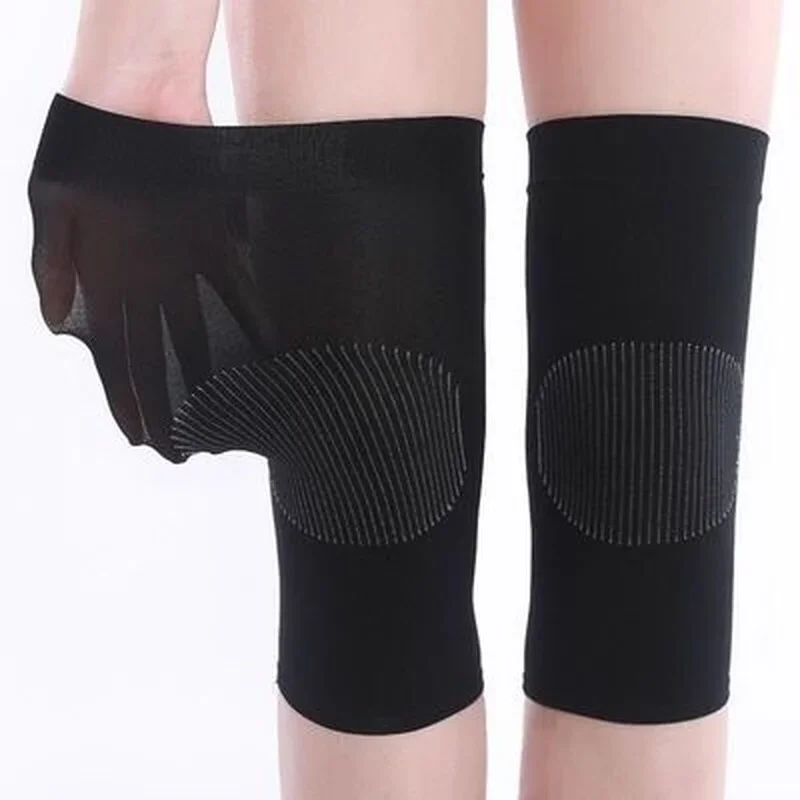 Cleaning, Storage, and Replacement Tips
Cleaning, Storage, and Replacement Tips
To get the most out of your knee pad, proper care is essential. Start by cleaning them regularly. Sweat, dirt, and grime build up over time. Remove straps and pads if detachable. Wash with mild soap and lukewarm water.
Use a soft brush to scrub dirty areas. Rinse thoroughly and air dry. Never put knee pads in the dryer. Heat can warp plastic components and shrink fabric. Also, avoid direct sunlight for long periods. UV rays degrade elastic and foam.
Store them in a cool, dry place. Keep away from chemicals or sharp tools. A mesh bag or drawer organizer works well. This prevents deformation and contamination.
Inspect your knee pads monthly. Look for signs of wear. Flattened foam loses shock absorption. Cracked shells compromise protection. Loose straps fail to hold. Any of these issues mean it’s time to replace them.
Most knee pads last 6–12 months with regular use. Heavy-duty models may last longer. However, never wait until they fall apart. Worn-out knee pads offer little real protection. Replacing them on schedule keeps you safe.
Frequently Asked Questions
Do knee pads restrict movement?
No, modern designs allow full range of motion. Choose flexible models for sports and tight spaces.
Can I wear knee pads over pants?
Yes, most fit comfortably over jeans or workwear. Just ensure straps are secure.
Are knee pads necessary for light gardening?
They help even during short tasks. Repetitive kneeling adds up over time.
How do I know when to replace my knee pads?
Replace them if padding is compressed, straps are frayed, or the shell is cracked.
Can knee pads help with existing knee pain?
They reduce pressure and may ease discomfort. However, consult a doctor for chronic issues.
Are there knee pads for kids?
Yes, youth sizes are available for sports and play.
What’s the difference between gel and foam padding?
Gel absorbs more impact but is heavier. Foam is lighter and more breathable.
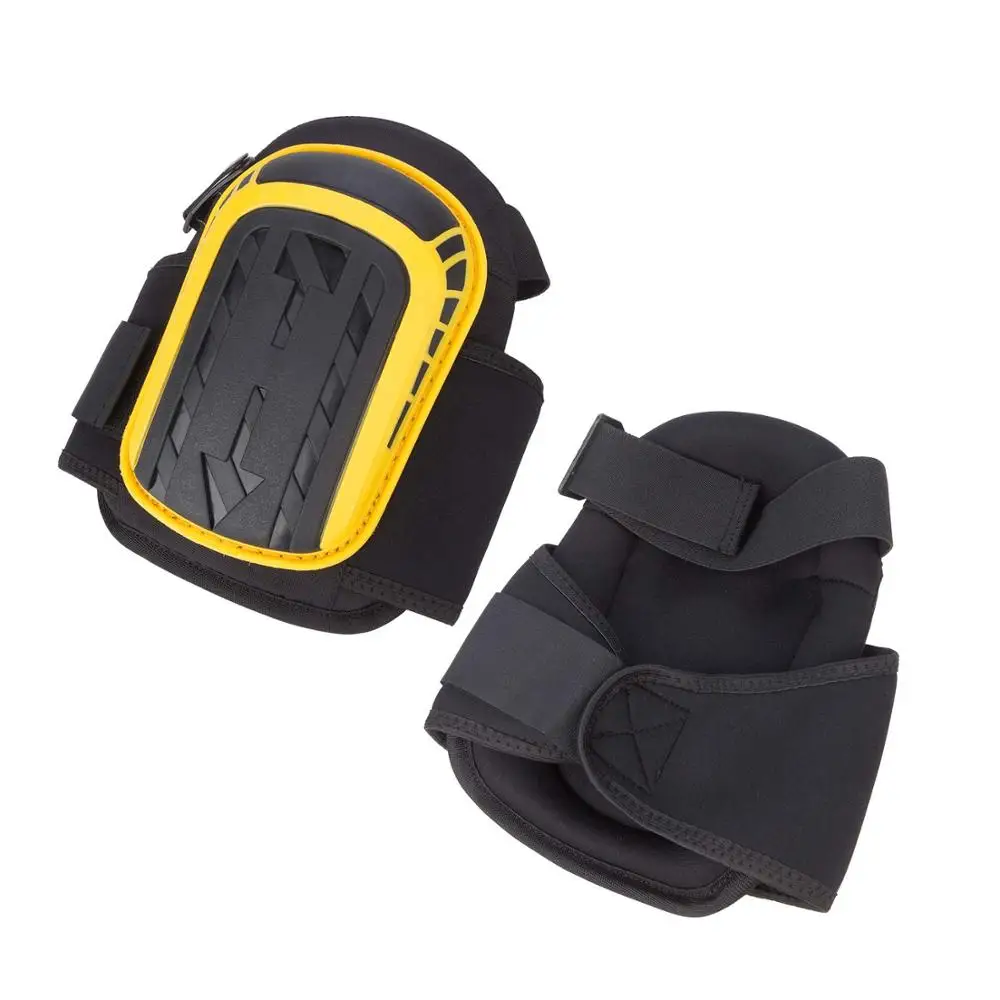 Final Thoughts
Final Thoughts
In conclusion, knee pads are a vital tool for protecting one of the body’s most vulnerable joints. They serve a wide range of users—from construction workers to weekend gardeners. Their ability to prevent injury, reduce pain, and improve comfort makes them indispensable. Whether you’re on the job, in the gym, or at home, knee pads enhance both safety and efficiency. Advances in design have made them more comfortable and effective than ever. With proper selection, use, and maintenance, they deliver long-term value. Investing in a reliable pair is a smart decision for anyone who spends time on their knees. Ultimately, using knee pads is a simple step that leads to healthier, more productive days. Don’t overlook the importance of this essential gear—quality knee pad can change how you move, work, and live.